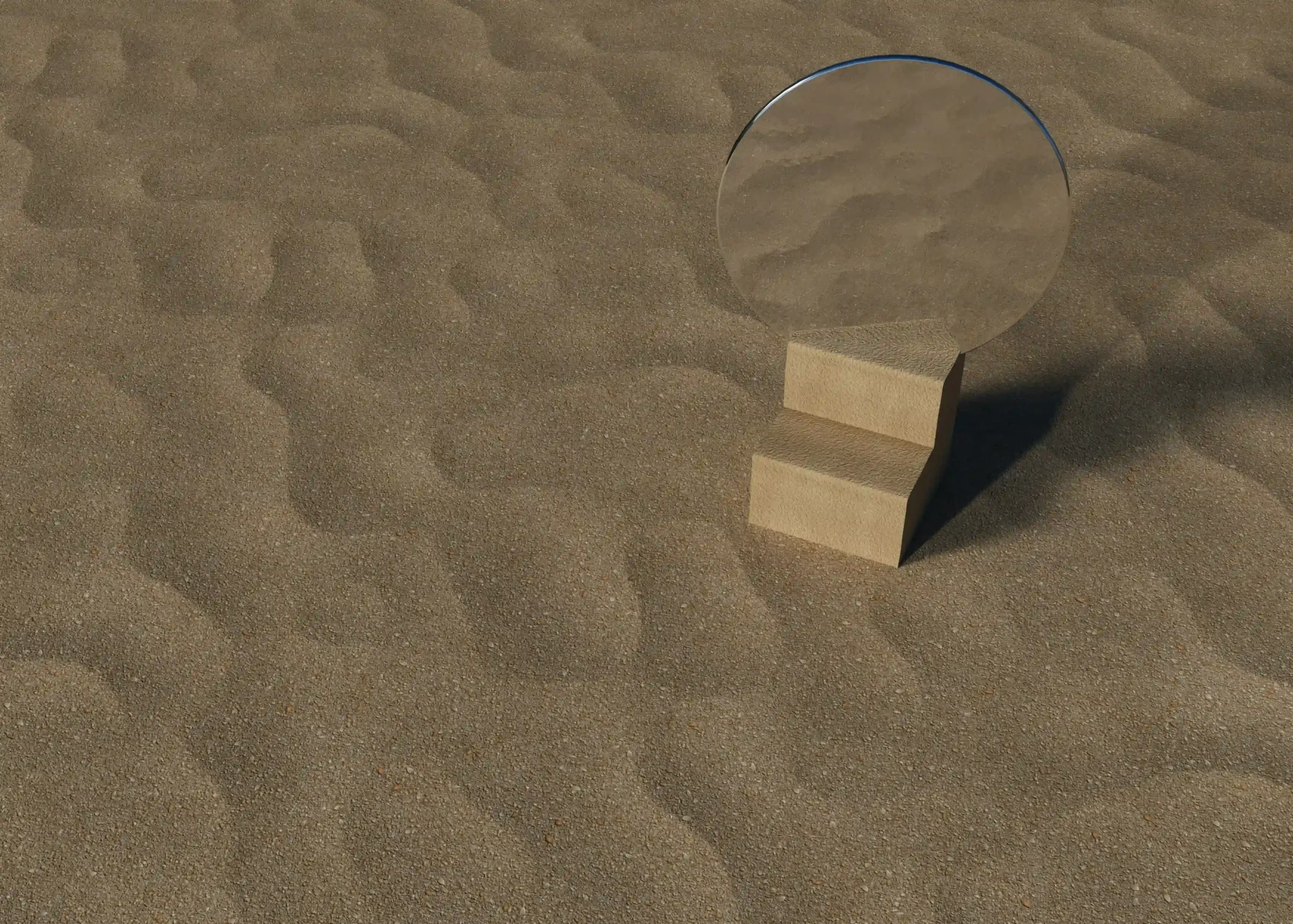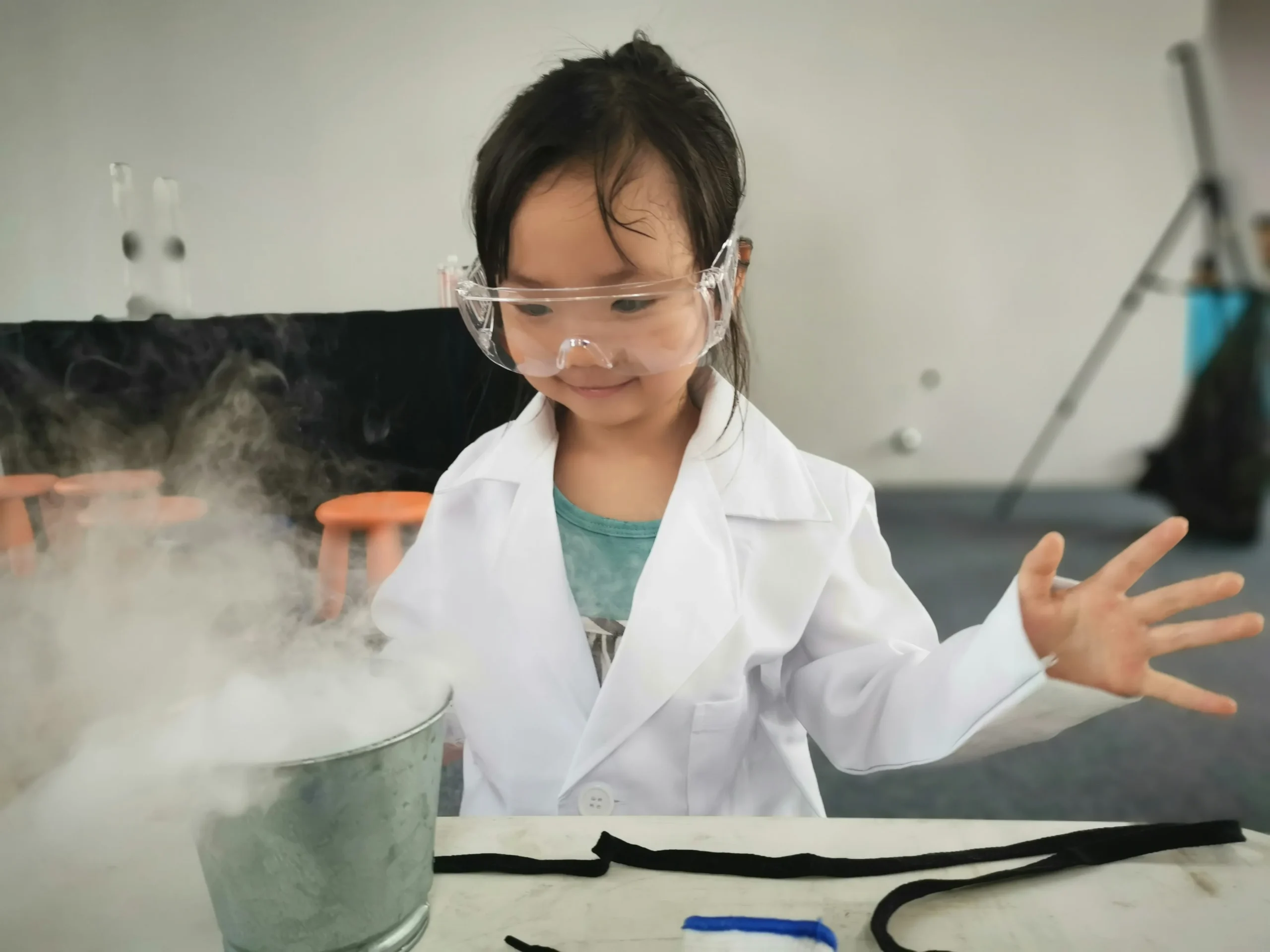Science Experiments for Kids: Fueling Tomorrow’s Innovators in 2025
In a world driven by rapid technological advancements, nurturing curiosity and critical thinking in children has never been more vital. By February 2025, 72% of educators globally agree that hands-on science experiments for kids are the cornerstone of developing future-ready skills like problem-solving, creativity, and resilience. Whether you’re a parent, teacher, or entrepreneur invested in education, this guide unlocks the most engaging, educational, and innovative science experiments for kids—alongside actionable strategies to inspire the next generation of STEM leaders. Dive in to discover experiments that blend learning with fun, trends shaping 2025’s educational landscape, and tools to transform your kitchen or classroom into a lab of endless possibilities.
Why Science Experiments for Kids Matter in 2025
In 2025, STEM careers are projected to grow three times faster than non-STEM fields, making early exposure to science experiments for kids essential. These activities aren’t just about creating baking soda volcanoes; they’re about teaching kids to hypothesize, test, and iterate—skills that mirror entrepreneurial thinking. For example, a simple experiment like building a DIY solar oven introduces renewable energy concepts while fostering patience and innovation. Research from the National Science Foundation shows that children engaged in hands-on science are 40% more likely to pursue STEM careers. By integrating experiments into daily learning, parents and educators can turn curiosity into a lifelong passion.
Pro Tip: Use everyday items like vinegar, balloons, or recycled materials to demonstrate scientific principles cost-effectively. This approach aligns with 2025’s emphasis on sustainability and resourcefulness.
Top 5 Science Experiments for Kids in 2025
1. **Rainbow Density Tower**: Layer liquids like honey, dish soap, and water to teach density. Add food coloring for visual flair!
2. **DIY Electromagnet**: Use a battery, nail, and copper wire to explore magnetism—ideal for budding engineers.
3. **Edible Slime**: Merge chemistry and fun with slime made from marshmallows and cornstarch.
4. **Solar-Powered S’mores**: Harness sunlight with aluminum foil and a pizza box to discuss renewable energy.
5. **Lava Lamp in a Bottle**: Combine oil, water, and effervescent tablets to illustrate chemical reactions.
These experiments align with 2025’s focus on interdisciplinary learning. For instance, the electromagnet activity can segue into discussions about AI robotics or green tech. Platforms like Science Buddies offer free experiment templates, making it easier for educators to integrate them into curricula.

How to Make Science Experiments for Kids Safe and Inclusive
Safety remains paramount, especially with younger children. Always supervise experiments involving heat or chemicals, and opt for non-toxic materials like washable paints or food-grade ingredients. In 2025, inclusivity in STEM education is a priority. Adapt experiments for children with disabilities: use tactile materials for visually impaired learners or simplify steps for neurodivergent kids. Organizations like Adapted Science provide resources tailored to diverse needs.
Case Study: A 2024 initiative in California schools saw a 30% increase in STEM participation after introducing sign-language video guides for experiments. Emphasizing accessibility ensures no child is left behind in the innovation race.
Leveraging Tech: Digital Tools for Science Experiments in 2025
Technology amplifies the impact of science experiments for kids. Apps like Google’s Science Journal let children record data using smartphone sensors, turning experiments into data-analysis projects. Virtual reality (VR) labs, such as Labster, allow kids to simulate complex experiments like DNA sequencing—perfect for classrooms with limited resources. Meanwhile, AI tutors like Sizzle provide real-time feedback, helping kids troubleshoot failed experiments without frustration.
In 2025, hybrid learning models dominate, blending physical experiments with digital reflection. For example, after building a volcano, students can use AR apps to visualize tectonic plate movements, deepening their understanding of geology.
Science Experiments for Kids as Entrepreneurial Training
Entrepreneurs thrive on experimentation—failed prototypes are stepping stones to success. Science experiments for kids mirror this process. Take the classic egg-drop challenge: children design contraptions to protect an egg from a fall, learning about physics and perseverance. In 2025, schools are partnering with startups to turn these projects into mini “shark tanks,” where kids pitch their designs to local entrepreneurs. This blend of science and business acumen prepares them for tomorrow’s economy.
Real-World Impact: A 12-year-old in Texas used her lemon-battery experiment to launch a solar-powered toy business, securing $10K in seed funding. Stories like these highlight how science experiments for kids can spark entrepreneurial journeys.
Future Trends: What’s Next for Science Experiments in Education?
By 2025, personalized learning is revolutionizing science education. AI platforms analyze a child’s interests and recommend tailored experiments—think “Netflix for STEM.” Biodegradable lab kits and 3D-printed tools are reducing environmental footprints, while global “science pen-pal” programs connect kids worldwide to collaborate on climate-change projects. Additionally, gamification trends like earning NFT badges for completed experiments are boosting engagement.
Looking ahead, expect experiments to focus on real-world issues: testing water quality, coding eco-friendly robots, or growing plants in simulated Martian soil. Resources like NASA’s STEM Toolkit are already paving the way.
Conclusion: Igniting a Lifelong Love for Science
Science experiments for kids are more than just classroom activities—they’re catalysts for innovation, resilience, and curiosity. As we navigate 2025’s challenges, empowering children with hands-on STEM experiences ensures they’re equipped to tackle tomorrow’s problems. Whether you’re a parent building a vinegar-powered rocket or a teacher hosting a robotics workshop, every experiment plants the seed for future breakthroughs. Ready to inspire the next Marie Curie or Elon Musk? Grab your safety goggles, and let’s turn curiosity into discovery. Share your favorite experiments with us using #FutureScientists2025!










